Chobi Mela (0): Redefining photo festivals for the post-COVID era
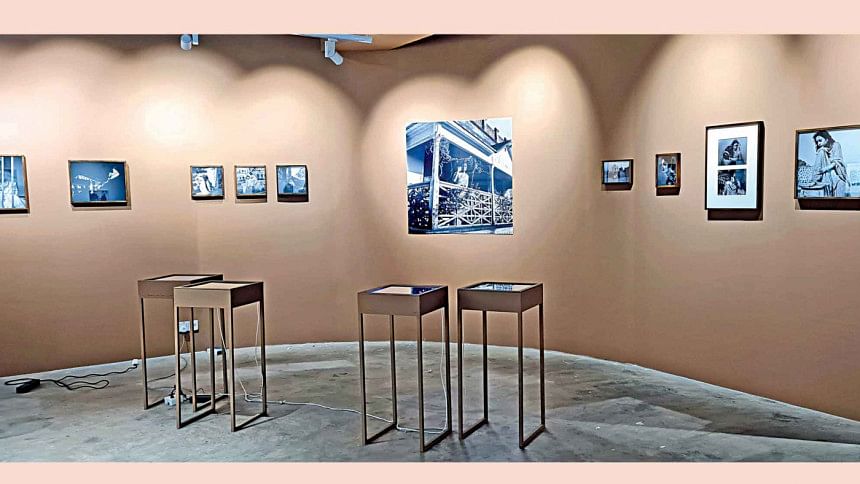
The Drik-Path building peeks into the sky in the middle of the busy commercial area of Panthapath, Dhaka. This is where Chobi Mela Shunno (0) is taking place this year. We are all too familiar with this biennale international photography festival that takes place in various venues sprawling across Dhaka. This time around, it is restricted to the walls of the newly built Drik-Path building.
"We have done 10 editions of Chobi Mela spanning the past two decades. But we are not doing the 11th edition. Instead, we are doing a special edition of Chobi Mela which properly responds to the situation of the world at present," explains Tanzim Wahab, Festival Director and curator, Chobi Mela (0). The reason behind this conceptualisation was to go back and start anew; which is what the rest of the world is doing by adjusting with the new normal. The word "Shunno" in Bangla means starting from the beginning. In order to start from the beginning, Chobi Mela is putting its focus on its home and its neighbourhood. Instead of having international artists, the focus is on Bangladesh and other regional artists around South Asia.
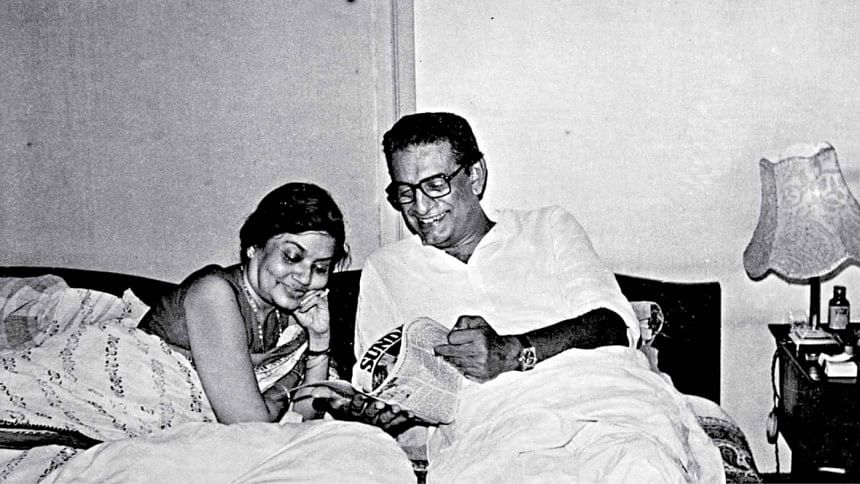
The new beginning that we mentioned earlier can be seen in a multitude of aspects surrounding this year's Chobi Mela. The fact that Chobi Mela is taking place in the new Drik-Path building is a part of the new beginning. And what a start it is, for this particular building is the very last project of the late architect, Bashirul Haq. Moreover, the aspiring art community will be experiencing this new space for the very first time as well. As we enter this new building, the very first exhibit to grace us is the retrospective of the renowned Bashirul Haq. This particular exhibit is aptly titled "Wishing Tree", a concept that keeps recurring in the writings of Bashirul Haq. It is a cultural motif and a place of inspiration for him.
Bashirul Haq's career is extensive. The curators have tried their best to showcase not just his life's work but also the places that inspired his great architectures. Nature and shapes have been places of inspiration for him. His surroundings have also majorly contributed to his works. With this in mind, artists have collected images of the views from his rooftop and added them beside his work so that we can also take a peek into the mind of this great architect. Back in his days, all architectural plans needed to be drawn by hand and these particular drawings in themselves are works of art that are being exhibited.
The exhibition further features many of his own residences that he designed including Bhatshala House, which is the architect's village home in Brahmanbaria. In order to provide a multisensory experience, the exhibit also features an interview of the late architect along with texts containing descriptions of his various projects.
"Bashirul Haq is one of Bangladesh's most important modern architects. His work incorporated the use of locally sourced materials to build sustainable structures. He has carried out extensive research on climate, local people, and the landscape of Bangladesh. This concern for the environment and the locals is clearly reflected in his buildings," shares ASM Rezaur Rahman, one of the co-curators of "Wishing Tree" and also the General Manager at Drik Gallery.
The exhibit provided us a glimpse of the inspirations that led to the intricacies of Bashirul Haq's architectures.
After this, we decided to go up the stairs and discovered something unexpected -- the art didn't just stop at the galleries, but was spread all over the stairwell. This curated show was called "Crossroads," which signified the intervention of artist collectives in Chobi Mela. The works of one particular collective called the Kaali Collective, a group of six Bangladeshi women photographers, caught our eye. "We wanted to investigate whether photo books can be a separate form of expression. Our theme is Null and Void, which means of no legal validity or effect. We wanted to explore whether photo books can go beyond its bounds and if our doubts and hesitations could be transformed into photo books. We wanted to test the limits of validity of a photo book," shares Sadia Marium, one of the artists from Kaali Collective. Crossroads also included works from Jog Art Space called Cheragi Art Show - Bhinno, Colomboscope, and DAAGI Art Garage.

We stopped at a show called, "The Rebel With A Smile," arguably one of the most prominent attractions of Chobi Mela (0). The show celebrates the works of Sayeeda Khanum, a revolutionary photographer who defied social norms at a time when the world of photography was dominated by men. "She was so soft-spoken yet so strong and brave in her work, miles ahead of her time, which is why the name of the show is so fitting," shares ASM Rezaur Rahman. "As a woman photographer in Bangladesh, Sayeeda Khanum was a lone fighter in a male-dominated society. She faced two kinds of barriers while working as a photographer. The first barrier is what all Bangladeshi women face -- the lack of mobility due to familial or societal restrictions. The second is the syndicated practice of not giving women photographers recognition for the amazing work they do," adds Tanzim Wahab.
Sayeeda Khanum was a person of various identities, including a journalist of the Begum newspaper and the first woman to work on photo documentaries. However, this show will help us see a new side of her identity. While we all might be familiar with her iconic photographs from the liberation war of 1971, most of us have not had the privilege of viewing her body of work that makes her stand out from the rest. "She used to regularly photograph her family and friends, which is unique from most photographers who never really use their personal relationships as a focus of their professional portfolio," says ASM Rezaur Rahman. The portraits that she captured of those close to her mostly make up this almost biographical curated show. One familiar face in her photographs is film maestro Satyajit Ray, with whom Sayeeda Khanum had close ties. Through her photographs, we can get an insider look into both his life on set and at home with his family. "For her work on portraits, she is one of the most important modern artists of Bangladesh. It is vital for the photographer community to pay due respect to Sayeeda Khanum's work as both a national and international treasure," further adds Tanzim Wahab. After months of research, the curators at Chobi Mela can proudly claim they've compiled sort of an archive of most of Sayeeda Khanum's works.
Since this special edition of Chobi Mela aims to merge the physical with the digital, the "Rebel With A Smile" show is no exception to this. For the physical aspect of it, there are of course her photographs, but there are also copies of the Begum newspaper that she worked on, some of the books she authored, and even some of her film negatives. To tie in the digital aspect, there are video clips playing about her and her life. One surprise component is an interview of Sayeeda Khanum herself playing at the exhibition.
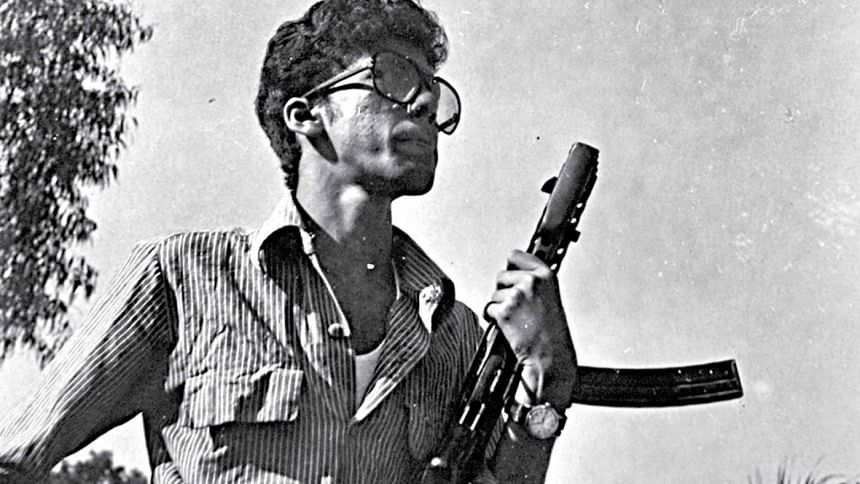
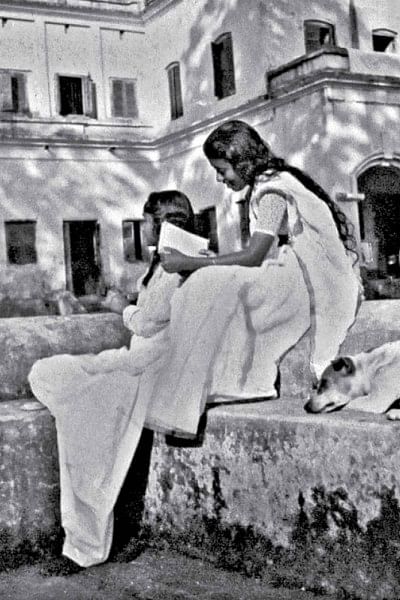
While almost leaving the venue, we discovered the shows extended even to the basement. We were met with multiple installations under a show called [Off] Limits. This features 14 South Asian artists expressing personal and political views on pressing topics buried by the pandemic. We spoke to one of the artists, Salma Abedin Prithi, while she shared the story behind her pieces: "I decided to draw from my experience with COVID-19 as inspiration for the work -- the time spent at the hospital, the lack of sympathy from doctors and nurses, and being isolated. I tried to showcase how anxious and directionless people felt, something which is often left out of mainstream media."
One interesting part of Chobi Mela (0) that has no physical bound is Baba Betar, a web radio show airing a series of audio programmes that will include collaborative work from various sound artists. Another unique addition is the dynamic website of this edition of Chobi Mela, which includes a virtual exhibition for those unable to make it due to pandemic restrictions.
Other curated shows such as Chobi Mela Fellowship 2021, Frozen Song, and Chapakhana Archive together tie in the whole experience.
The artists and the art enthusiasts of Bangladesh have always waited patiently for this biennale photo festival. The COVID-19 pandemic had posed itself as an insurmountable challenge. But, Chobi Mela prides itself in being a festival that addresses and responds to the issues of the world. It has done so incredibly this time around with this special edition of the Chobi Mela.
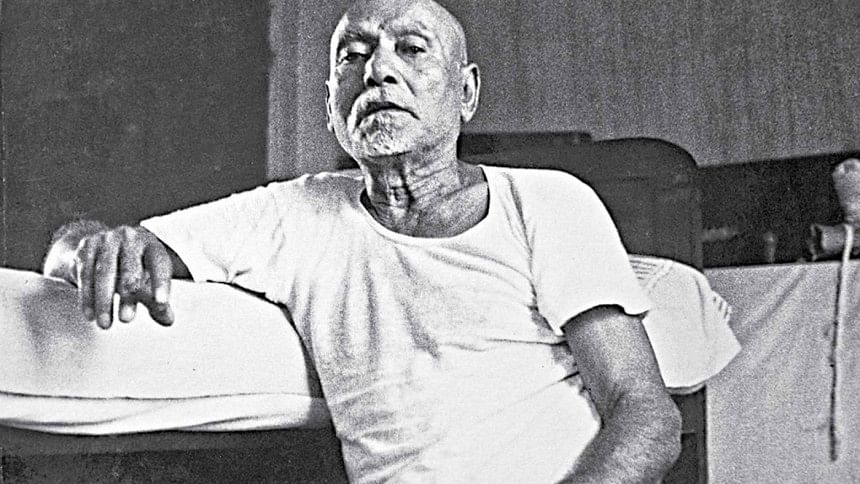
"Mayabee Arannya and Tasnim Odrika are both staff correspondents of The Daily Star"

 For all latest news, follow The Daily Star's Google News channel.
For all latest news, follow The Daily Star's Google News channel. 



Comments